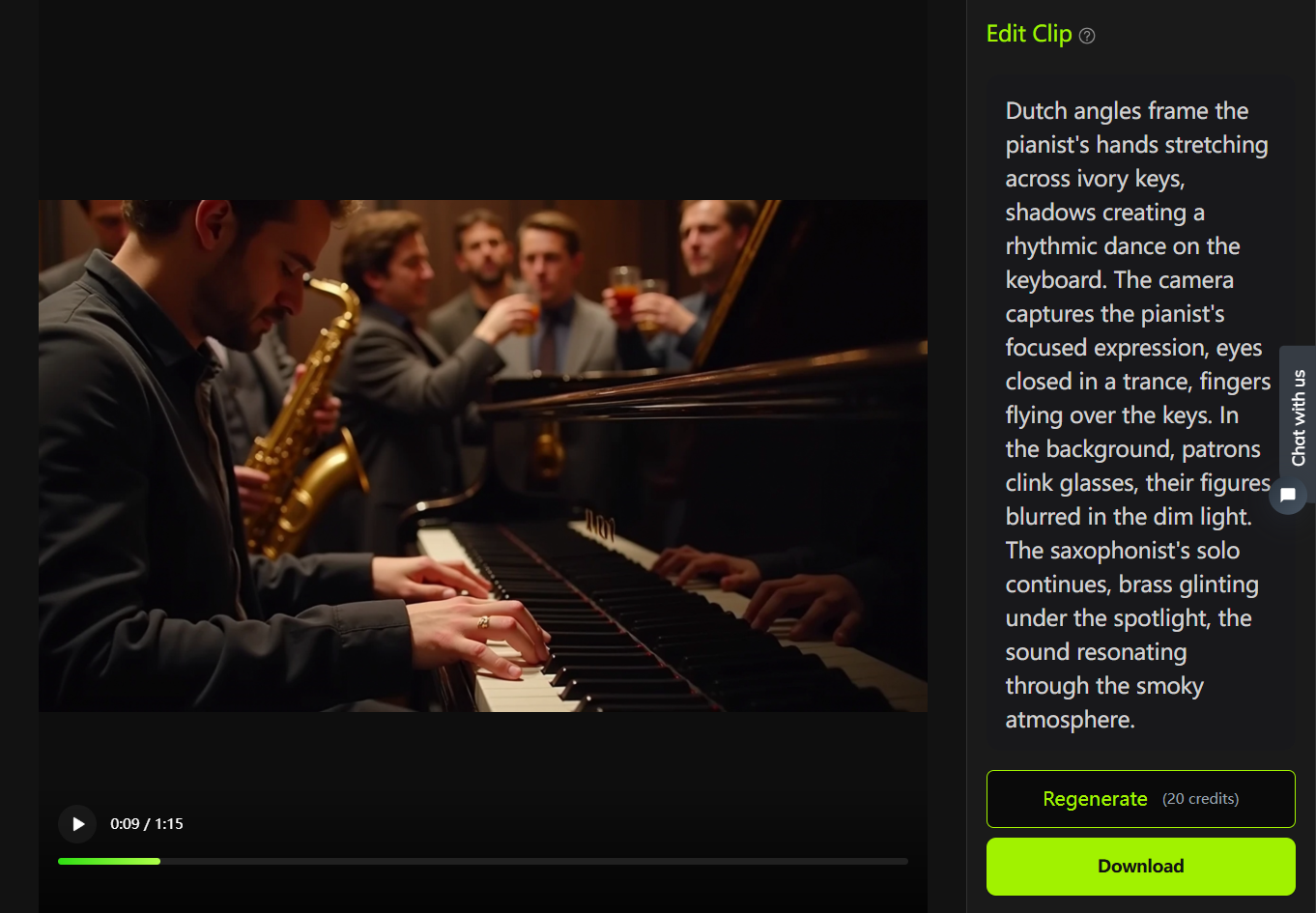
Controls Systems Teacher - control system simulation

Welcome to your control systems guide.
Mastering Control System Design
Explain the basic concept of feedback control systems.
How do you derive the Euler-Lagrange equations for a mechanical system?
What are the key steps in designing a PID controller?
Can you provide an example of state-space modeling for a dynamic system?
Get Embed Code
Introduction to Controls Systems Teacher
Controls Systems Teacher is designed to assist users in understanding and applying the principles of control systems engineering. By leveraging detailed content from a comprehensive textbook, it aids in breaking down complex mathematical concepts, offering simulations, and providing examples directly from the text. For instance, it can demonstrate the step-by-step process of modeling a gimbal system for a UAV, beginning with deriving equations of motion using the Euler-Lagrange method and progressing through design models like transfer functions or state space models, ultimately culminating in PID controller design or observer-based control methods. Powered by ChatGPT-4o。

Main Functions of Controls Systems Teacher
Detailed Mathematical Breakdown
Example
Explains the Euler-Lagrange method for deriving equations of motion for physical systems such as a pendulum or a satellite.
Scenario
A user attempting to understand the dynamics of a pendulum system for a class project can receive step-by-step guidance on setting up the equations using this method.
Simulation Examples
Example
Provides Python and MATLAB code examples for simulations, such as the single link robot arm or the pendulum on a cart.
Scenario
A student needs to simulate a single link robot arm as part of a homework assignment and can use the provided code examples to understand how to implement and visualize the system.
Real-World Application Guidance
Example
Uses design studies to demonstrate the application of control system design principles in practical scenarios like designing controllers for satellites.
Scenario
An engineer working on satellite attitude control can learn the appropriate control strategies and apply them to ensure stability and robust performance.
Ideal Users of Controls Systems Teacher
Engineering Students
Students studying mechanical, electrical, or aerospace engineering can use this tool to supplement their textbooks and lectures with interactive, detailed examples and simulations, enhancing their understanding of control systems.
Control System Engineers
Professionals in the industry can refine their skills in designing and implementing control systems across various applications, utilizing the tool’s extensive database of design scenarios and simulation models.

Using Controls Systems Teacher
Visit yeschat.ai
Access Controls Systems Teacher for a free trial at yeschat.ai, with no need to log in or subscribe to ChatGPT Plus.
Explore the Table of Contents
Begin by reviewing the Table of Contents to understand the range of topics covered, which includes sections on PID Control Design, Observer Based Control Design, and Loopshaping Control Design.
Select a Design Study
Choose a specific design study such as the Single Link Robot Arm, Pendulum on a Cart, or Satellite Attitude Control to see detailed modeling, simulation, and control analysis.
Utilize Simulation Models
Apply the simulation models section to learn about and simulate dynamic systems using provided Python and MATLAB code examples.
Engage with Homework Problems
Test your understanding and apply learned concepts by working through the homework problems corresponding to each chapter.
Try other advanced and practical GPTs
StratCraft
AI-powered Minecraft PvP Strategy Assistant

Business Authority Coach
Empower Your Business with AI-Driven Coaching

Stardew Valley Tour Guide
AI-powered Stardew Valley Assistant

Priority (Custom Instructions)
Empowering Innovation with AI

Gym Guide
Your AI-powered Fitness Partner

Evil Clippy
Mischief Managed with AI

Priority (Meals & Diet)
Nourish and Strengthen with AI

Markdown Summarizer
Condensing Text with AI Precision

Drazen
Explore Croatia with AI-powered Guidance

Brazen Head
Enlighten your mind with AI-powered wisdom

Creative Spark
Igniting Creativity with AI

Story Weaver
Craft compelling stories with AI

Controls Systems Teacher Q&A
What is the primary focus of Controls Systems Teacher?
Controls Systems Teacher is focused on teaching the design of feedback control systems through comprehensive design studies and practical examples.
How can I use Controls Systems Teacher to simulate control systems?
You can use the Python and MATLAB simulation examples provided in the appendices of the textbook to simulate control systems such as robot arms, pendulums on carts, and satellites.
What are some key design methodologies covered in Controls Systems Teacher?
The textbook covers PID Control, Observer Based Control, and Loopshaping Control Design methodologies, providing detailed examples and simulation models for each.
Can I use Controls Systems Teacher for systems other than the examples provided?
Yes, while the textbook focuses on mechanical systems for pedagogical clarity, the design principles and methodologies can be applied to a wide range of dynamic systems across different domains.
Is there support available if I have questions while using the textbook?
The textbook is designed for self-study with extensive resources available online, but specific questions might be addressed through academic forums or directly contacting the authors if necessary.






